Understand
Uttar Pradesh, the most populous state in India with nearly 167 million people, is also the fifth largest state in terms of land area. The western plain of Uttar Pradesh is the most urban region, bustling with activity. The economy thrives on agriculture, which employs about three-fourths of the workforce. In fact, Uttar Pradesh produces the largest amount of food grain and oil seeds in the entire country. The state is a frontrunner in the production of various crops like wheat, maize, barley, gram, sugar cane, and potatoes. Moreover, Uttar Pradesh boasts three major industries - sugar, cotton fabrics, and diversified food preparations. Alongside these industries, Uttar Pradesh is also known for goods carrier equipment, photostat machines, chemicals, polyester fiber, and steel tube galvanized sheets. Uttar Pradesh is not just a hub for economic activities, but also a cradle for cultural heritage. The popular classical dance form, Kathak, flourishes in Uttar Pradesh. It is interesting to note that this elegant dance form has even spread to foreign countries, captivating audiences worldwide. The state is also known for its rich folk culture, with countryside songs and dances being significant expressions of local traditions. Uttar Pradesh is famous for its handicrafts as well, including carpet weaving, hand printing, chikan embroidery, metal enameling, brocade and brass work, and ebony work. Notably, the state holds the distinction of having the largest brass and copperware manufacturing area in India. Digging into the history of Uttar Pradesh, we find a rich tapestry of ancient civilizations and significant contributions to Indian culture. In the Vedic Age, known as Brahmarshi Desha or Madhya Desha, the state was home to illustrious sages like Bharadwaja, Gautam, Yagyavalkya, Vasishta, Vishwamitra, and Valmiki. Many sacred texts of the Aryans were composed in this land. Uttar Pradesh played a pivotal role in the rise of Jainism and Buddhism in the 6th century BC. It was in Sarnath that Buddha delivered his first sermon, while Kushinagar witnessed his final moments. Centers like Ayodhya, Prayag, Varanasi, and Mathura became renowned seats of learning. In the medieval period, Uttar Pradesh experienced the fusion of Hindu and Islamic cultures under Muslim rule. Intellectuals like Ramananda, Kabir, Tulsidas, and Surdas contributed to the growth of Hindi and other languages. Even during British rule, Uttar Pradesh continued to thrive intellectually. The United Provinces of Agra and Oudh, as it was known, preserved its intellectual excellence. In 1950, it was renamed Uttar Pradesh. Geographically, Uttar Pradesh is bounded by Uttarakhand and Himachal Pradesh, as well as Nepal in the north, Haryana in the west, Madhya Pradesh in the south, and Bihar in the east. The state can be divided into two distinct regions - the Southern hills and the Gangetic plain, each with its own unique characteristics.
Map & Climate
Popular Foods
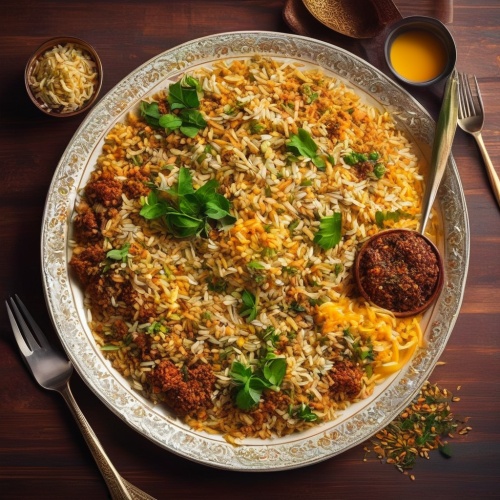 Dish: Butter Chicken (Murgh Makhani)Butter chicken is a rich and creamy curry made with marinated chicken pieces cooked in a tomato-based sauce. The dish originated in the Indian subcontinent and gained popularity in Canada due to the large population of Indian immigrants. It's typically served with basmati rice and naan bread. Butter chicken contains meat – chicken.
Dish: Butter Chicken (Murgh Makhani)Butter chicken is a rich and creamy curry made with marinated chicken pieces cooked in a tomato-based sauce. The dish originated in the Indian subcontinent and gained popularity in Canada due to the large population of Indian immigrants. It's typically served with basmati rice and naan bread. Butter chicken contains meat – chicken. 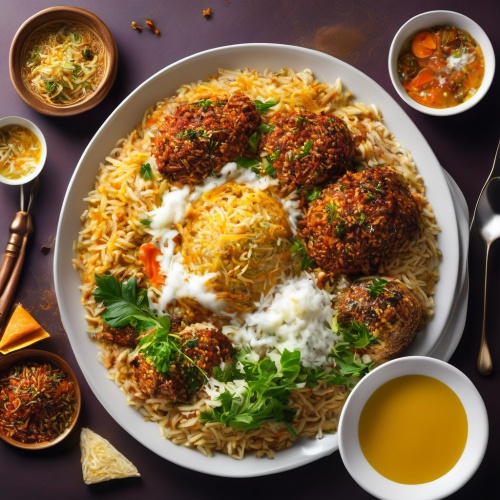 Dish: BiryaniBiryani is a popular rice dish made by cooking Basmati rice with meat (usually chicken, goat, or fish), vegetables, yogurt, and a blend of spices. It originates from the Indian subcontinent and is often considered the national dish of Pakistan. It's known for its flavorful layers and distinct aroma. Biryani contains meat – primarily chicken, goat, or fish.
Dish: BiryaniBiryani is a popular rice dish made by cooking Basmati rice with meat (usually chicken, goat, or fish), vegetables, yogurt, and a blend of spices. It originates from the Indian subcontinent and is often considered the national dish of Pakistan. It's known for its flavorful layers and distinct aroma. Biryani contains meat – primarily chicken, goat, or fish.  Dish: SamosasSamosas are deep-fried or baked pastry snacks filled with a savory mixture of spiced potatoes, onions, peas, and sometimes meat. They originate from South Asia and have become a popular street food across India. Often served as an appetizer or a quick snack, samosas can be found at roadside stalls, train stations, and even weddings. Samosas can contain meat – typically potatoes, onions, and peas, but some varieties may include meat such as chicken or lamb.
Dish: SamosasSamosas are deep-fried or baked pastry snacks filled with a savory mixture of spiced potatoes, onions, peas, and sometimes meat. They originate from South Asia and have become a popular street food across India. Often served as an appetizer or a quick snack, samosas can be found at roadside stalls, train stations, and even weddings. Samosas can contain meat – typically potatoes, onions, and peas, but some varieties may include meat such as chicken or lamb. 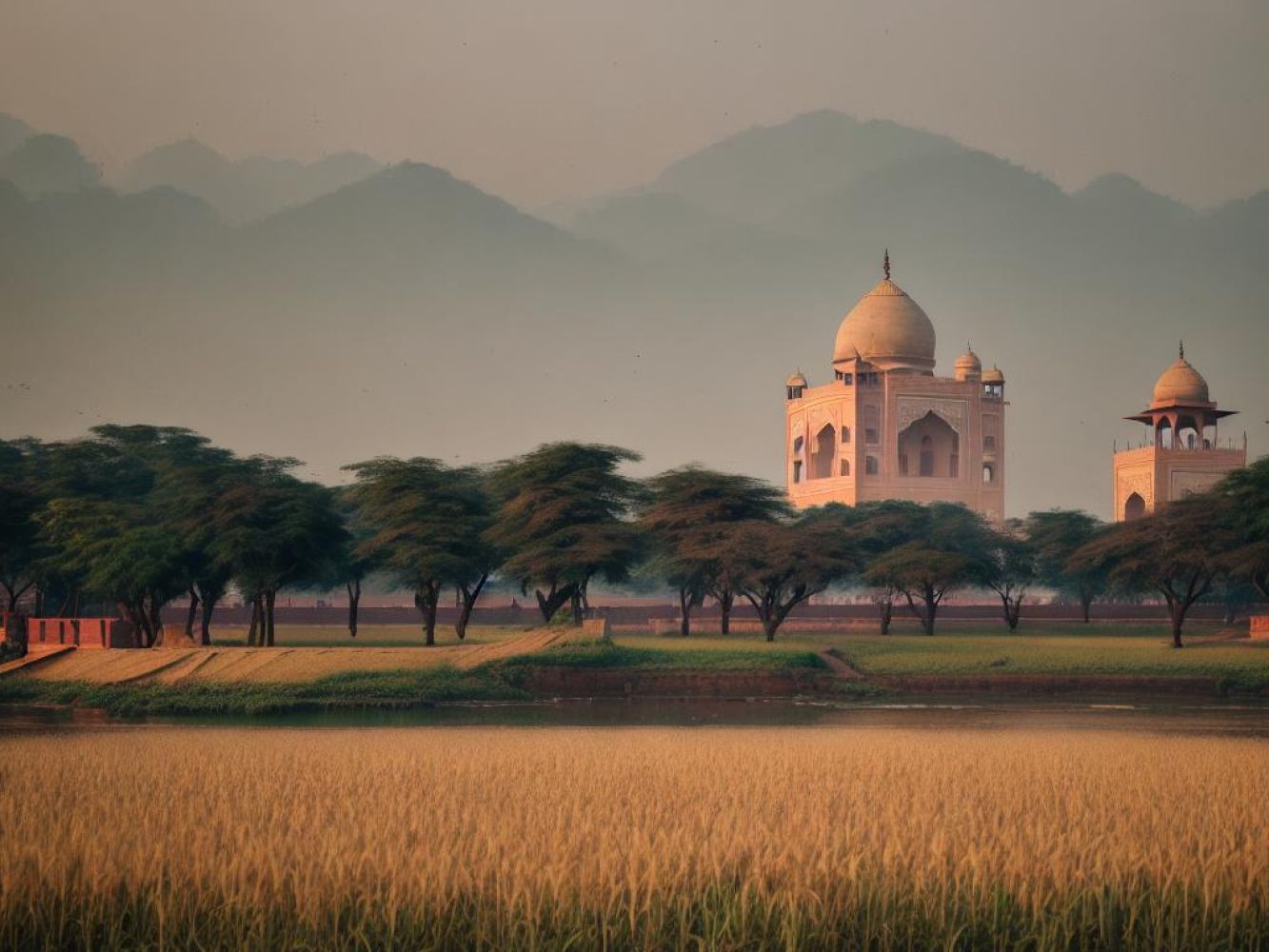

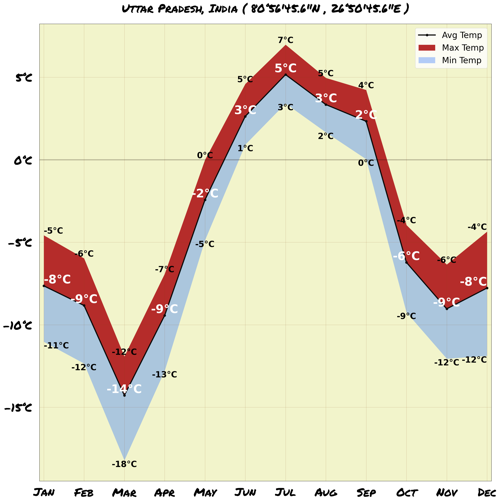
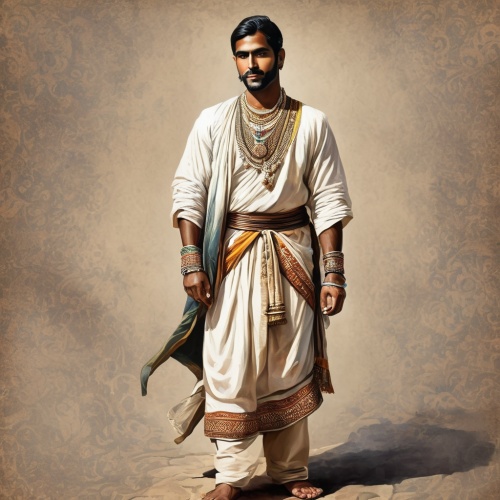
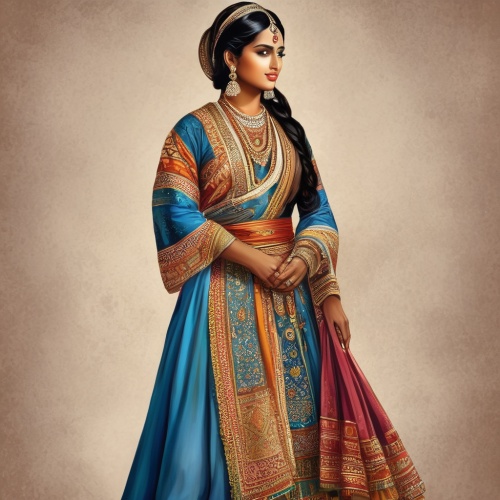
Comments
NO COMMENTS